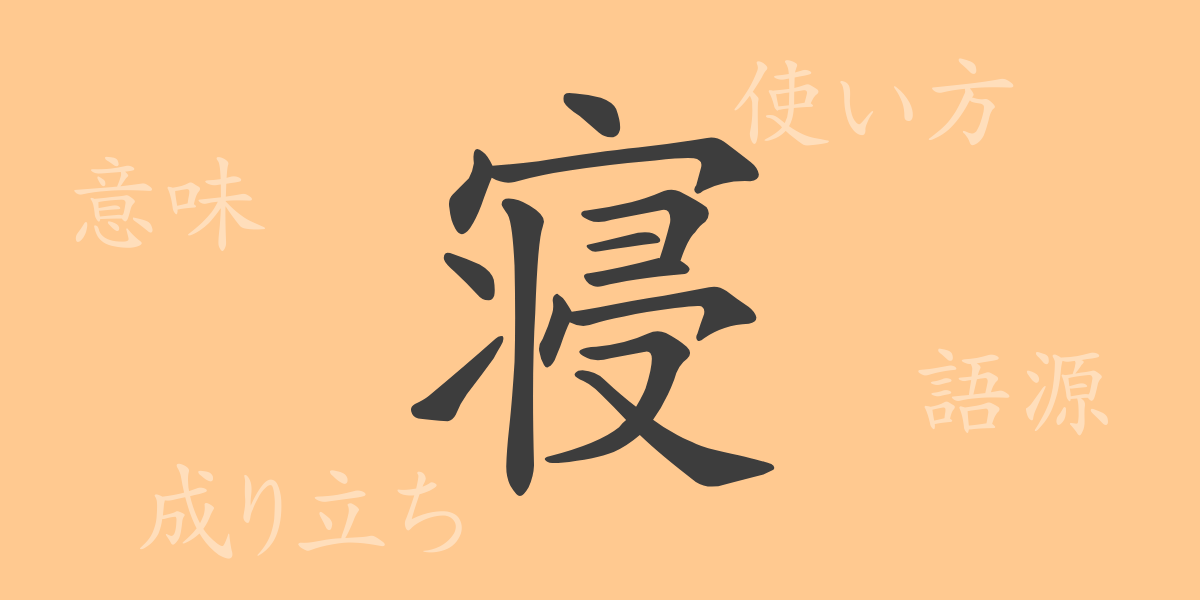The character ‘寝’ (ね) is deeply ingrained in our daily lives, embodying the essential physiological need for rest and the comfort of sleep. But how much do we really know about the history, meaning, and cultural significance of this commonly used Kanji? This article explores the depths of ‘寝’, from its origins to its applications, phrases, and proverbs, uncovering the profound world it represents.
Origins of 寝 (ね)
The Kanji ‘寝’ originated from ancient Chinese pictographs. Initially, it combined ‘室’ (room) with a depiction of a person lying down, symbolizing a person resting indoors. Over time, the character evolved into the modern ‘寝’, which signifies peaceful rest or sleep, symbolizing an essential human activity.
Meaning and Usage of 寝
‘寝’ primarily relates to sleep and is used in various contexts concerning lying down for rest, particularly at night. It can also metaphorically describe situations where things are quiet or activities have ceased, reflecting stillness or inactivity.
Readings, Stroke Count, and Radical of 寝
The basic information about the Kanji ‘寝’ is as follows:
- Readings: On’yomi ‘シン’, Kun’yomi ‘ねる’ (‘to sleep’), ‘ねかす’ (‘to put to sleep’)
- Stroke Count: 10 strokes
- Radical: 宀 (うかんむり – roof radical)
Phrases, Idioms, and Proverbs Using 寝
There are many phrases, idioms, and proverbs that include ‘寝’, reflecting its versatility in Japanese:
- 寝転ぶ (ねころぶ): Literally ‘to lie down’
- 寝不足 (ねぶそく): ‘Lack of sleep’
- 寝技 (ねわざ): ‘Ground techniques’ in sports like judo
- 寝耳に水 (ねみみにみず): An idiom meaning to be taken by surprise by unexpected news
Conclusion on 寝
The Kanji ‘寝’ not only represents the act of sleeping, which is indispensable in our lives, but also enriches the Japanese language with its varied expressions. The breadth of meanings associated with this character reflects the richness of human life and emotions. It’s important to continue cherishing the cultural and linguistic allure encapsulated in the character ‘寝’.

























